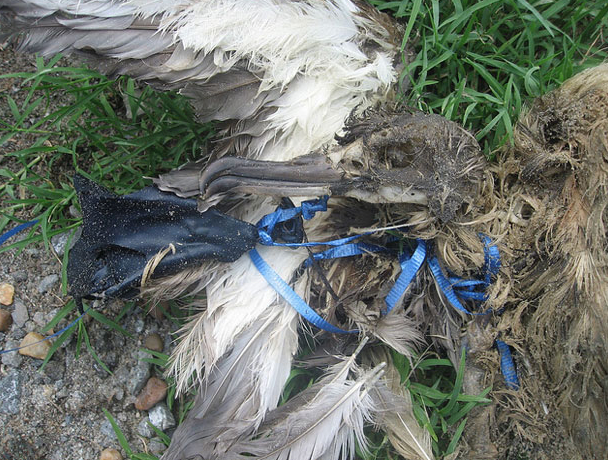July 9, Centreville–Queen Anne’s Conservation Association (QACA), the oldest environmental group on Maryland’s Eastern Shore, today announced its strong support for pending legislation prohibiting the release of non-biodegradable helium balloons into the atmosphere.
“Deflated mylar and latex balloons, and the ribbons they’re attached to, are rapidly accumulating in the environment, maiming and killing wildlife, sea creatures, and farm animals,” said QACA’s Executive Director Jay Falstad. “We applaud the Queen Anne’s County Commissioners for taking the lead against this increasing, but readily preventable, form of environmental pollution.”
The balloon release ordinance, first in the State, was introduced by Commissioner Christopher M. Corchiarino before the Board of the Queen Anne’s County Commissioners on July 9. A hearing is expected for July 23rd. The bill provides for fines of up to $250 for deliberate violations of the prohibition on balloon releases.
“Intentionally releasing balloons into the atmosphere is nothing short of littering”, said Commissioner Corchiarino. “This ordinance will allow us to protect a cross-section of interests in the County while furthering the stewardship of our waterways and rural landscapes”.
Kristin Weed of Kent Island Beach CleanUps said balloons are always part of the trash collected during the organization’s beach clean-up efforts.
“We find clusters of balloons during every single beach or road cleanup,” she said. “They’re usually stuck in trees or bay grasses, on the beach, and in ditches along our county roads.”
On Unicorn Lake, in northern Queen Anne’s County, balloons were found that had been released in Dayton, Ohio, four days earlier and had traveled some 460 miles.
“Balloons are often mistaken for food by marine animals such as turtles and birds,” Falstad said. “These creatures then become tangled in the ribbons and are killed. If balloons from the Midwest are reaching the East Coast, then balloons released from the East Coast are ending up in the Atlantic Ocean.”
Alerted to the balloon problem, Falstad reached out to sailors, boating enthusiasts, and off-shore fishing organizations and learned that they have spotted clusters of helium balloons floating miles off-shore along the Atlantic Coast.
Released helium balloons pose a problem for the agricultural community, as well. In an online survey Falstad created, farmland owners reported deflated balloons in their fields, requiring farmers to retrieve the balloons in order to prevent them from being entangled in equipment. Queen Anne’s farm owner Clara Bramble said runaway balloons pose a risk to their animals.
“When balloons land in our pastures, the cows—and especially calves—can ingest them and the balloon strings can cause choking,” Bramble said. “The horses and foals are also at risk, and I’ve witnessed horses being spooked by shiny balloons landing in our fields and seeing a horse run through a fence to get away from the balloons.”
Wye Mills farmer Jon Shaw says they recover at least 50 clusters of balloons a year.
“We find them almost every week,” Shaw said. “Balloons spook our horses, they get trapped in our hedgerows, and get wrapped in our equipment all the time.”
“The bill doesn’t apply to the six-year-old kid who accidentally releases a balloon at a birthday party,” Falstad said. “What it does is raise awareness, and tell people to be thoughtful, because these colorful, non-biodegradable balloons are a serious form of environmental pollution. We’re one county, but this is a nationwide problem, and balloons in trees or farm-fields, or the Chesapeake Bay or any other waterway are a significant, if not widely realized, environmental threat.”
-###-



Write a Letter to the Editor on this Article
We encourage readers to offer their point of view on this article by submitting the following form. Editing is sometimes necessary and is done at the discretion of the editorial staff.